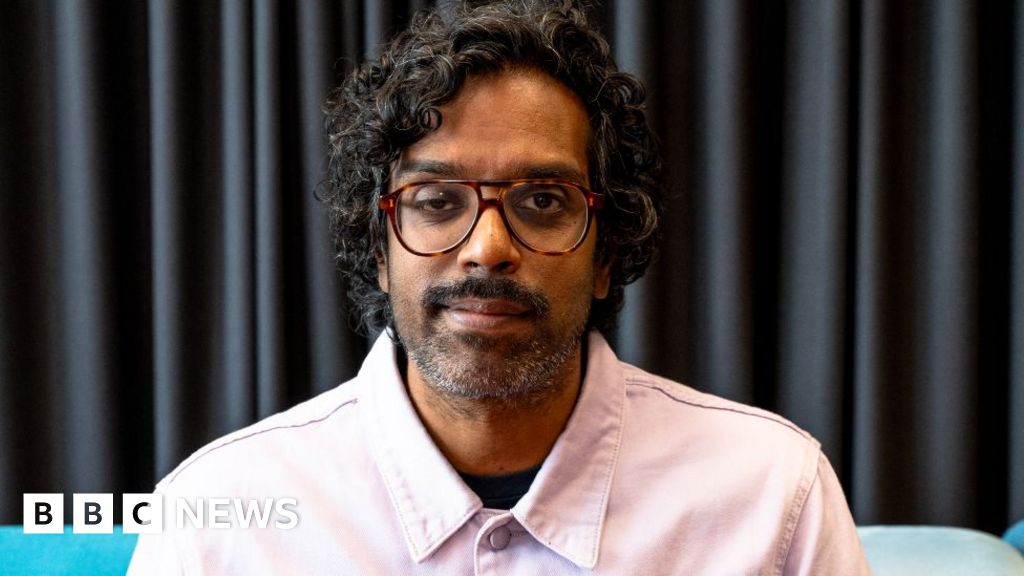US Public Health System Under Threat: Deep Cuts Jeopardize Progress and Future Well-being

US Public Health System Under Threat: Deep Cuts Jeopardize Progress and Future Well-being
The United States' public health system, a cornerstone of national well-being, is facing a significant crisis. Deep cuts in funding and staffing, initiated during the Trump administration and continuing to impact the nation, are eroding the very foundations of this vital infrastructure. These reductions aren't just numbers on a budget sheet; they represent a tangible loss of dedicated professionals and crucial programs designed to safeguard the health of all Americans. This situation threatens to undo years of progress and portends a potentially bleak future for public health in the country.
The Scope of the Cuts: A Concerning Trend
The cuts have been far-reaching, impacting a wide range of public health initiatives. From disease prevention and control programs to environmental health monitoring and emergency preparedness, numerous areas have felt the pinch. The Centers for Disease Control and Prevention (CDC), a leading agency in public health, has experienced significant reductions in its budget, leading to layoffs, program closures, and curtailed research efforts. State and local health departments, often the frontline responders to public health emergencies, have also been severely affected, struggling to maintain essential services with dwindling resources.
Impact on Communities: Who Bears the Burden?
The consequences of these cuts are disproportionately felt by vulnerable populations. Low-income communities, communities of color, and rural areas, which already face significant health disparities, are particularly susceptible to the negative effects of a weakened public health system. Reduced access to preventive care, delayed responses to outbreaks, and a decline in health education initiatives exacerbate existing inequalities and create new challenges for these communities.
Erosion of Progress: Undoing Years of Work
For decades, the US public health system has made remarkable strides in improving the health and longevity of Americans. Through targeted interventions and public health campaigns, significant progress has been made in reducing rates of infectious diseases, chronic illnesses, and preventable injuries. However, the current cuts threaten to reverse these gains, putting the nation at risk of backsliding on hard-won victories.
Looking Ahead: A Call to Action
The future of US public health hangs in the balance. Reversing the current trend requires a concerted effort from policymakers, healthcare professionals, and the public. Investing in public health is not just a matter of social responsibility; it's an economic imperative. A healthy population is a productive population, and a strong public health system is essential for a thriving nation. We need to advocate for increased funding, prioritize public health workforce development, and strengthen partnerships between government, healthcare providers, and community organizations. The time to act is now, before the damage becomes irreversible.
Key Concerns Moving Forward:
- Emergency Preparedness: Reduced funding hinders the ability to prepare for and respond to public health emergencies like pandemics.
- Disease Surveillance: Weakened surveillance systems make it harder to detect and control outbreaks.
- Chronic Disease Prevention: Cuts to prevention programs increase the risk of chronic diseases like diabetes and heart disease.
- Health Equity: Disparities in access to care are exacerbated, further marginalizing vulnerable populations.






